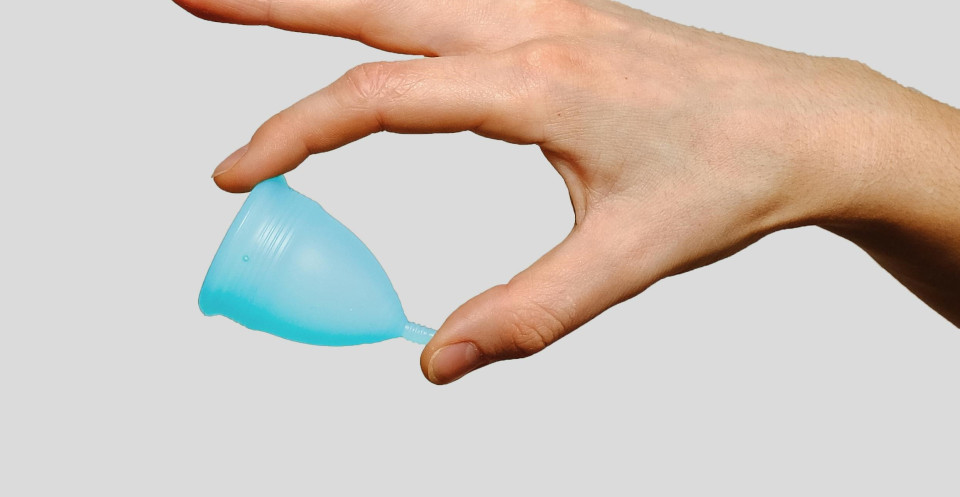Methods
Quantitative and open-text qualitative data were collected through an annual cross-sectional survey of young people (aged 15–29) in Victoria, Australia. The convenience sample was recruited through targeted social media advertisements. Young people who reported menstruating in the past 6 months (n=596) were asked questions about their menstrual product use, use of reusable materials, product priorities and preferences
Results
Among participants, 37% had used a reusable product during their last menstrual period (24% period underwear, 17% menstrual cup, 5% reusable pads), and a further 11% had tried using a reusable product in the past. Reusable product use was associated with older age (age 25–29 PR=3.35 95%CI=2.09–5.37), being born in Australia (PR=1.74 95%CI=1.05–2.87), and having greater discretionary income (PR=1.53 95%CI=1.01–2.32). Participants nominated comfort, protection from leakage and environmental sustainability as the most important features of menstrual products, followed by cost. Overall, 37% of participants reported not having enough information about reusable products. Having enough information was less common among younger participants (age 25–29 PR=1.42 95%CI=1.20–1.68) and high school students (PR=0.68 95%CI=0.52–0.88). Respondents highlighted the need for earlier and better information, challenges navigating the upfront cost and availability of reusables, positive experiences with reusables, and challenges for use, including cleaning reusables and changing them outside the home.
Conclusions
Many young people are using reusable products, with environmental impacts an important motivator. Educators should incorporate better menstrual care information in puberty education and advocates should raise awareness of how bathroom facilities may support product choice.
Keywords
Menstrual health, Menstrual hygiene, Adolescent girls, Environmental sustainability, Health policy, Reproductive health, Women’s health

